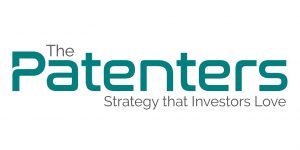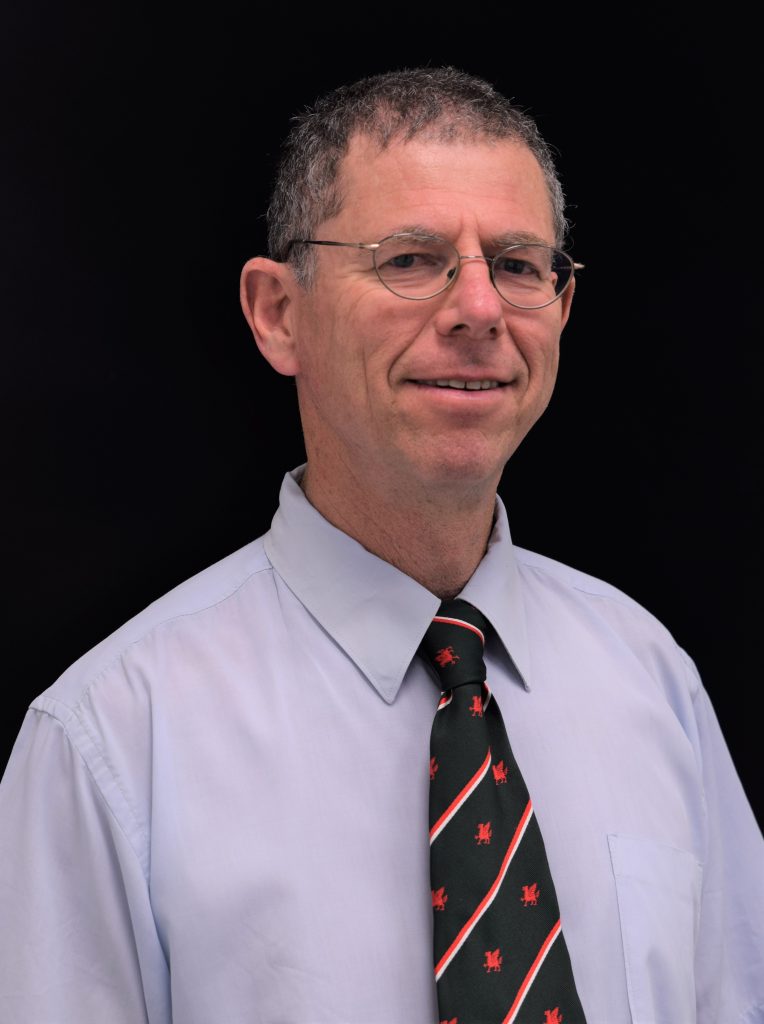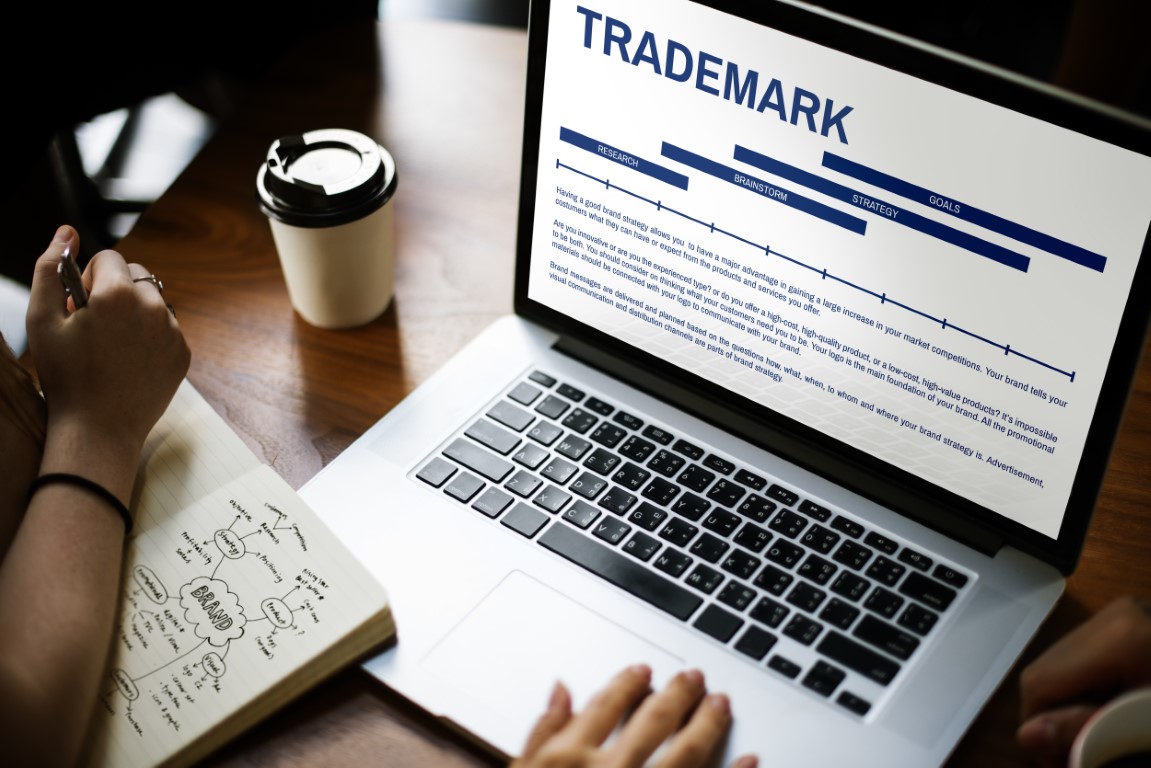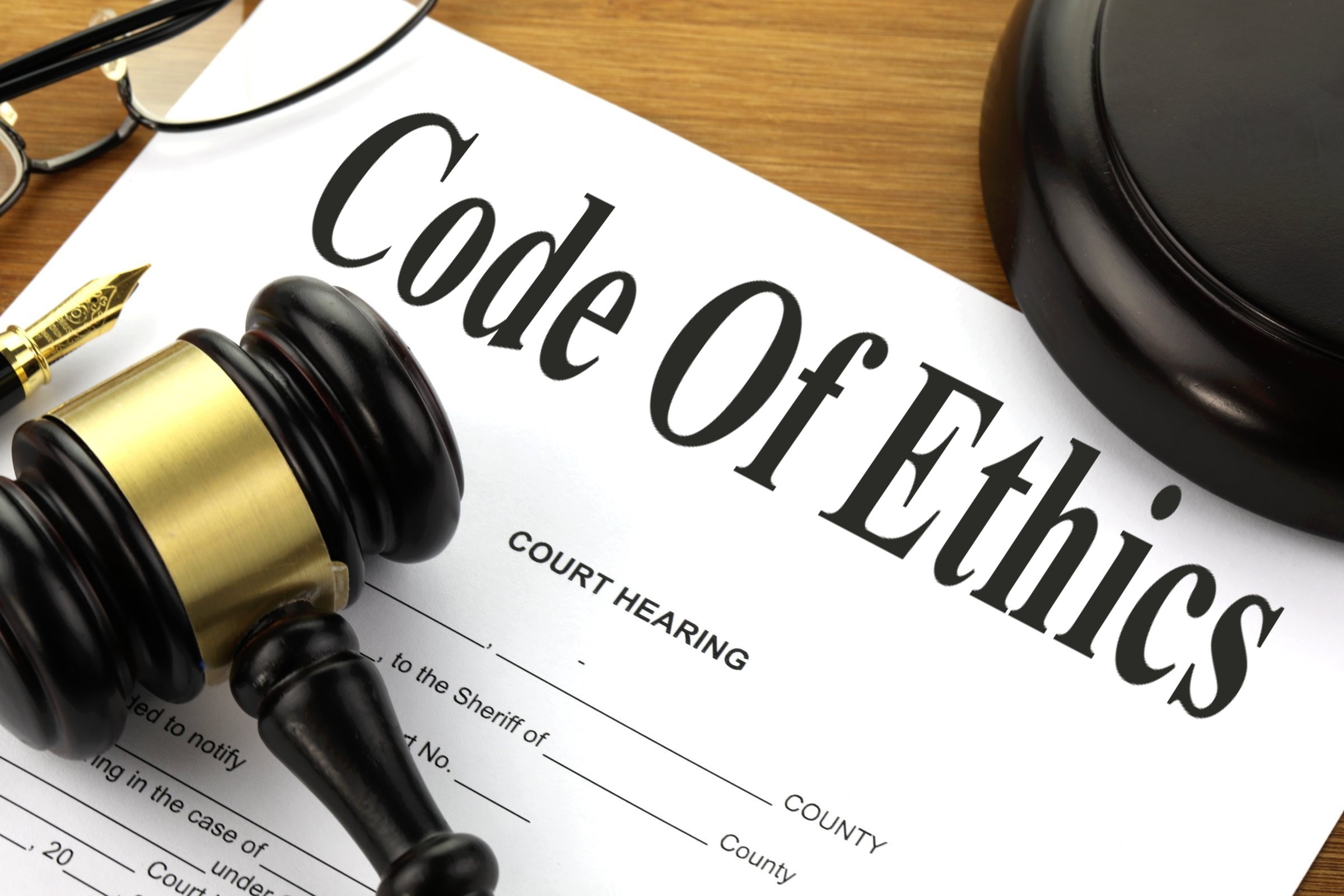Originally published August 15th 2016
The Israeli Patent Office recently published a notice regarding changes to the patent system. The most important ones are summarized below:
Limitation on the number of independent claims has been removed.
Inventive step in biotechnological/biological patent applications: a) Preparation of Orthologous sequences will be considered to lack inventive step unless the source is unknown or there is substantial difference between the sequences b) Identification of new sequences similar to known sequences will merit inventive step only if the new sequences have considerable structural changes and/or unexpected advantages over the original sequences. c) Homologous protein sequences will be recognized as patentable if their structure/activity is not similar to the proteins in the same family. d) Identification of a sequence and a gene activity in a known sequence by comparison to known genes of known activity does not have inventive step unless a new functionality is identified. e) Mutant sequences lack inventive step unless they have an unexpected advantage over the prior art sequences. For a group of mutant genes the test applies to all of the members and the advantage should stem from a common feature of their structure. f) Combinations of microarrays and probes will have inventive step only if using the combination has a synergistic effect such as an unexpected improvement in diagnosis of a disease.
Examination of the specification: a) Any objection to the specification must explain the grounds for the objection and refer to the specific objected portions. b) If the invention is unclear, reference must be made to the particular elements or steps causing the lack of clarity. c) If the implementation of the invention is found to be unclear, the examiner should refer to lack of certain steps or elements that would enable the implementation, relying as is relevant on the state of the art or the average skills of a practitioner of the art. d) If it is concluded that the invention should not work, a reference supporting this conclusion must be cited, unless the support is commonly known (to every practitioner of the art). For example, attributing a certain biological activity to a novel molecule that is an extensive restructure of a known parent molecule having that activity cannot be assumed. e) As a rule, one implementation example should suffice to satisfy the requirement of enablement. If the enablement does not provide support for all of the claims, specific claims can be rejected as lacking sufficient support in the specification.
Interview with examiner/s: Should the applicant be the initiator of an interview, two sets of claims and supporting material should be sent to the examiner within a month after the interview is requested. The interview date in that case is deferred until the receipt of all the material.
Examination under the PPH (Patent Prosecution Highway): a) According the apllicant’s request the examination reports will be issued in English. b) A notice of acceptance will include the grounds upon which the acceptance was made with specific reference to the essence of the invention, the relevant prior art and differences between them.





